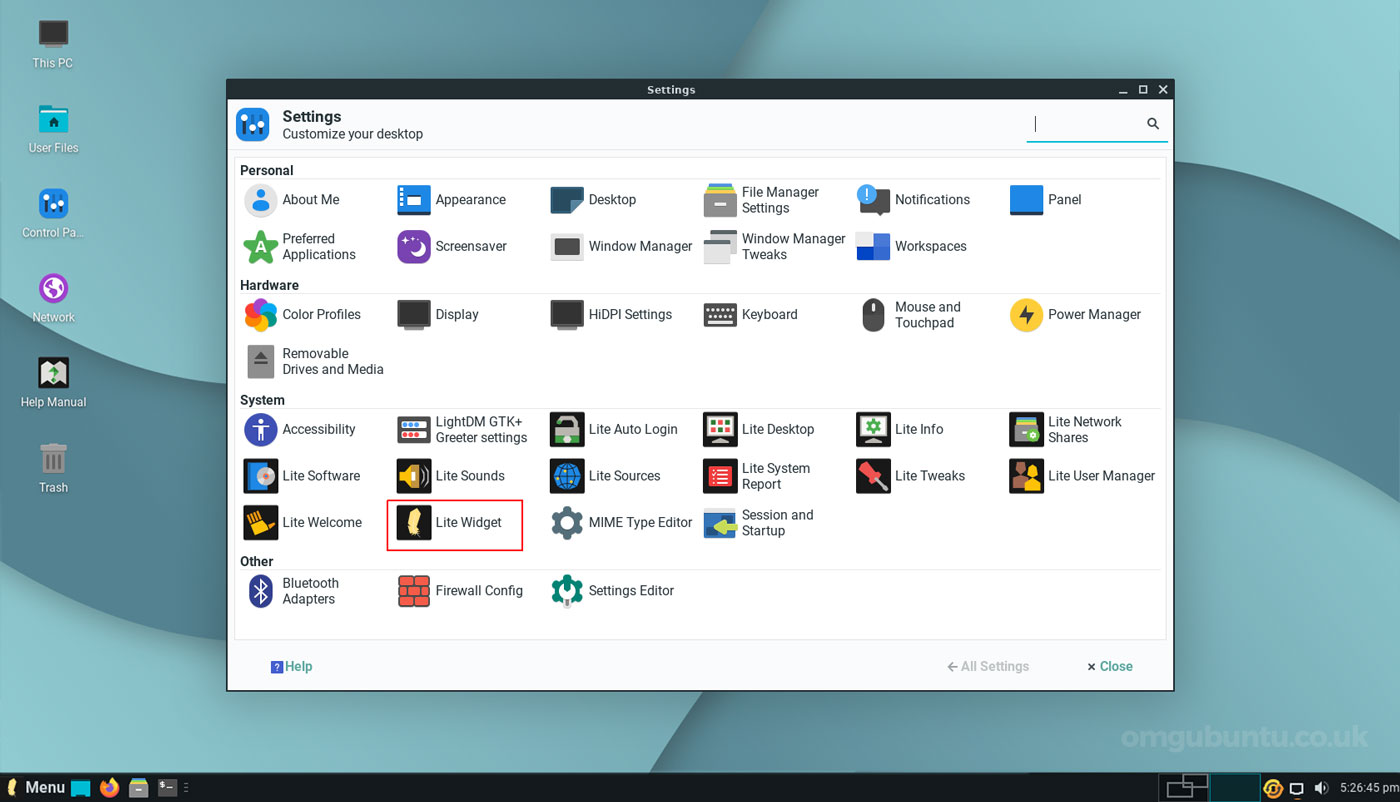

- Why does linux lite not support uefi how to#
- Why does linux lite not support uefi install#
- Why does linux lite not support uefi manual#
- Why does linux lite not support uefi Pc#
- Why does linux lite not support uefi windows 8#
Once you've taken care of the preliminaries, you can install Ubuntu normally.
Why does linux lite not support uefi manual#
Mount point: /boot/efi (remark: no need to set this mount point when using the manual partitioning, the Ubuntu installer will detect it automatically)

It is strongly recommended to have only 1 ESP per disk.Īn ESP can be created via a recent version of GParted (the Gparted version included in the 12.04 disk is OK), and must have the following attributes:
Why does linux lite not support uefi windows 8#
If your disk already contains an ESP (eg if your computer had Windows 8 preinstalled), it can be used for Ubuntu too. This partition holds EFI-mode boot loaders and related files. If you are manually partitioning your disk in the Ubuntu installer, you need to make sure you have an EFI System Partition (ESP) set up. This last one boots in UEFI mode when possible, then in Legacy mode if no UEFI files are detected. Some other UEFIs propose an "UEFI/Legacy Boot:" option with the following choices:, and. Here is a 2nd example of UEFI boot mode setting, where the "Boot Mode" parameter enables one to choose the boot mode ("UEFI" or "Legacy") for all media (hard disk, CD, USB.) at the same time.

Why does linux lite not support uefi Pc#
The way to adjust this setting depends on the computers, but generally this setting is located in the "Boot order" tab of the BIOS (to access the BIOS screens, it is generally necessary to press a key during the PC startup). Eg if your computer is old (2011) allow you to set up the computer to boot either in UEFI mode or in BIOS/CSM/Legacy (not-EFI) mode. If the other systems (Windows, GNU/Linux.) of your computer are installed in Legacy (not-UEFI) mode, then you must install Ubuntu in Legacy mode too. if the other systems (Windows Vista/7/8, GNU/Linux.) of your computer are installed in UEFI mode, then you must install Ubuntu in UEFI mode too.Having a PC with UEFI firmware does not mean that you need to install Ubuntu in UEFI mode.
Why does linux lite not support uefi how to#
The following sections describe how to install Ubuntu in UEFI mode, either because you're single-booting and want to try this boot mode or because you're dual-booting with another OS that's already installed in this mode.Ĭase when Ubuntu must be installed in UEFI mode If you're installing Ubuntu as the sole OS on a computer, either mode is likely to work, although BIOS mode is less likely to cause problems. As a general rule, though, UEFI mode works better in dual-boot setups with pre-installed versions of Windows 8. For instance, if you're dual-booting with a pre-installed Windows 8 but have problems getting a UEFI version of GRUB to work, you'll be in a bind. Note that these factors can conflict with one another. BIOS-mode boot loaders are better tested and are therefore less likely to pose problems. (Usually BIOS mode is better supported.) This type of problem is becoming less common.īoot loader problems - Sometimes a boot loader for one mode works better than a boot loader for another mode. Hardware support - Some hardware devices work better in one mode or the other. Most computers that ship with Windows 8 and later use UEFI to boot that OS, so this configuration dictates use of UEFI mode when installing and booting Ubuntu. Which boot mode you should use depends on several factors:īoot mode matching - If you're dual-booting with another OS, the two OSes' boot modes should match. Most modern computers support both UEFI mode and BIOS mode. This page provides information about installing and booting Ubuntu using UEFI, as well as about switching between UEFI mode and legacy BIOS mode using Ubuntu.

It is intended to replace the traditional BIOS firmware that is prevalent on earlier machines. The Extensible Firmware Interface (EFI) or its version 2.x variant, Unified EFI (UEFI) is a firmware type that is widespread on recent computers, especially those more recent than 2010.


 0 kommentar(er)
0 kommentar(er)
